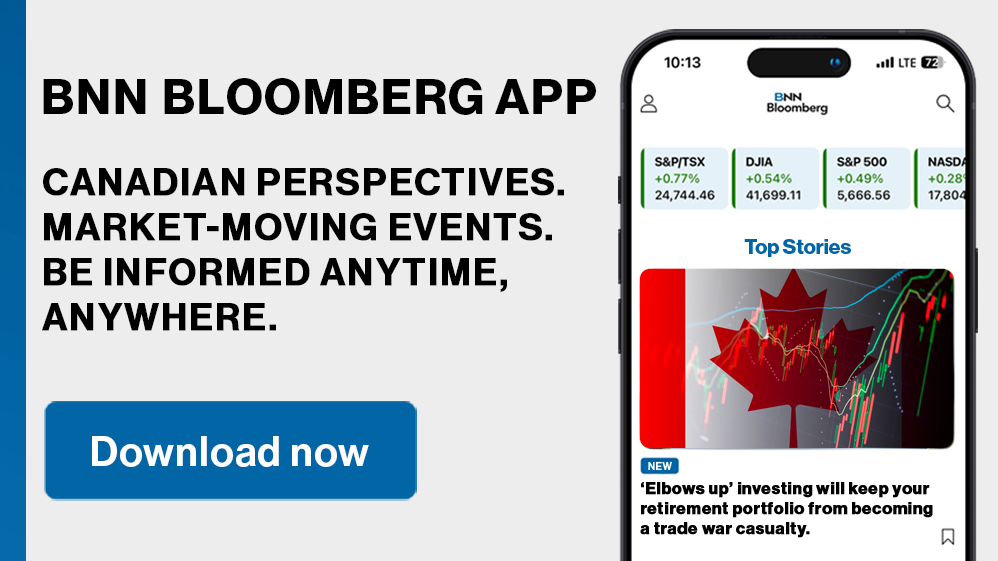A recent poll from CIBC and FP Canada found that nearly half of the 25 per cent of Canadians who work with a financial advisor were not quite sure exactly what they do.
It’s not surprising, considering industry titles and definitions are all over the map. The national self-regulatory investment body, the Canadian Investment Regulatory Organization or CIRO, has only now been granted the legal authority to force members to earn a defined title of Financial Advisor.
The new rules will require wannabe advisors to meet minimum standards of education and abide by a code of conduct.
A deadline of 2026 was given to determine who is, and who is not, a financial advisor. Specifically, it will determine who is qualified to provide investment advice.
For now, anyone can hang out an “Investment Advisor” shingle and there is no legal requirement for the advice they give to be in the best interest of the investor (other than a registered fiduciary, which is rare).
Someone who draws a commission from selling a certain brand of mutual fund, for example, is permitted to act in the best interest of the mutual fund company just as a car vendor can act in the best interest of a car company.
Examples of investment advisors not acting in the best interest of their clients, a practice known as “talking your book,” are endless. It’s buyer beware.
How the ‘Know-your-client’ rule can empower investors
Canadian regulators have been dragging their heels on licensing investment advisors for decades, but one legal line of defence currently available to average investors is the “Know-your-client” (KYC) rule.
Under the KYC rule, advisors must complete and update a form with each client to determine the client’s general understanding of investing, tolerance for risk and investment goals. This is done before determining “whether a recommendation is suitable for a client and puts the client’s interest first” as they age and move toward retirement.
A common example of the KYC rule that has held up in court prohibits advisors from putting clients in high-risk ventures the client doesn’t understand.
Investment firms must also ensure the rule is being maintained and enforced on behalf of their advisors.
KYC rule works both ways
Many Canadians who invest through advisors have already seen these forms but they may not see the opportunity in turning the tables to determine if their advisors are “suitable.”
Here are a few talking points beyond KYC to consider when the next questionnaire comes along:
- Long-term investment strategy and asset allocation to get you to your retirement goals.
- The advisor’s access to credible research to find the best investments in the best sectors and geographic regions.
- Tax saving strategies that effectively utilize registered accounts such as registered retirement savings plans (RRSP), tax-free savings accounts (TFSA), and in some cases non-registered investment accounts.
- Breakdown of how fees are generated and strategy to lower them as the portfolio grows. Wealthy clients often pay less than one per cent, which explains why the best advisors tend to focus on a few wealthy clients. There should come a time when any portfolio outgrows high-fee mutual funds in favour of direct investing.
Most importantly, advisors should keep in touch more often than the basic KYC requirement through regular client newsletters or one-on-one contact in times of market volatility or major life changes.
Good advisors also require good clients who commit to saving, do their homework, remain engaged, and develop realistic expectations.
Good clients should take as much time as needed to get their questions answered. The advisor is required to be there anyway.













